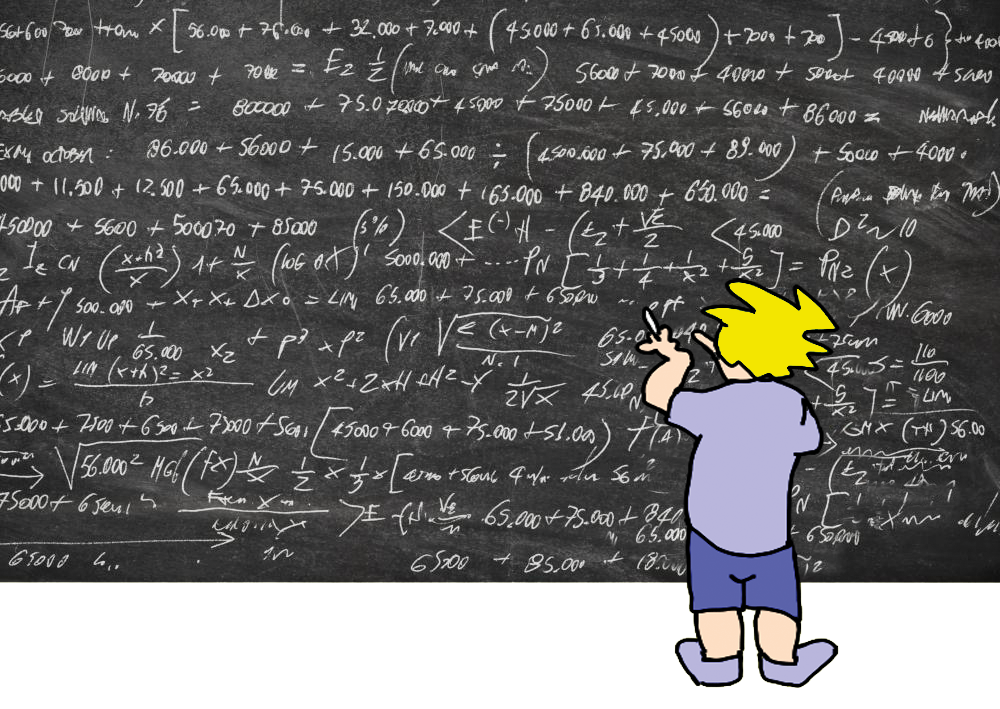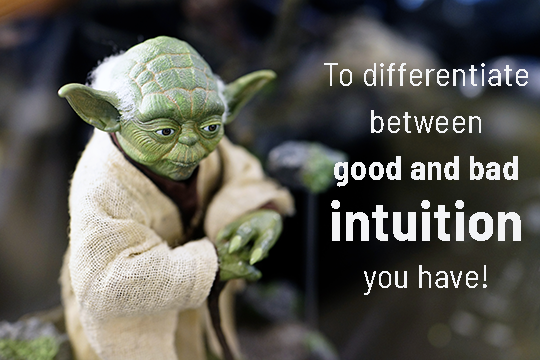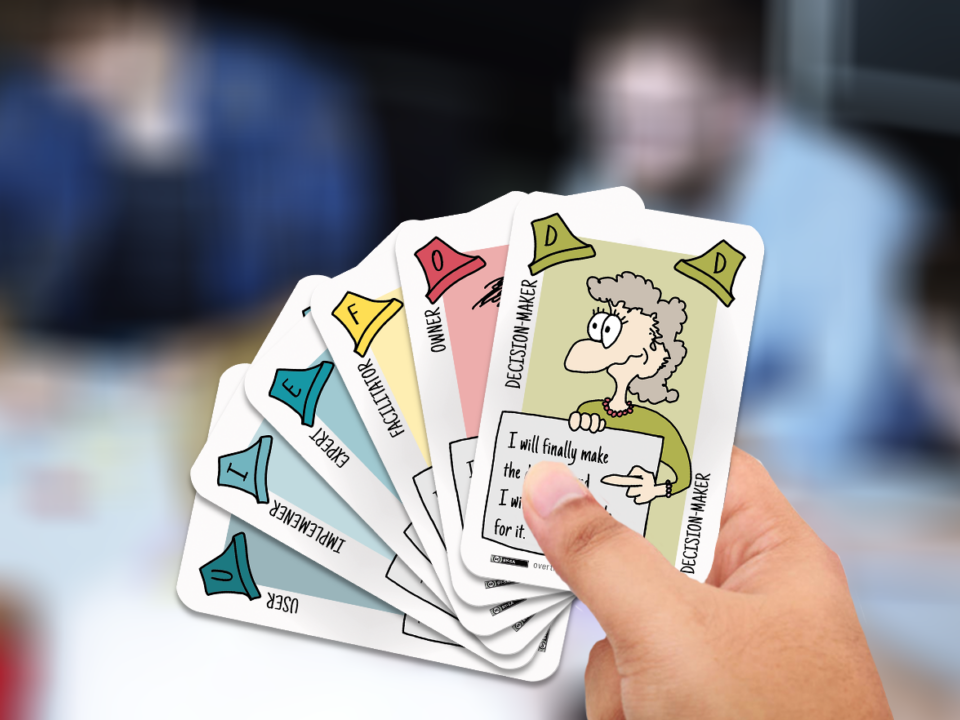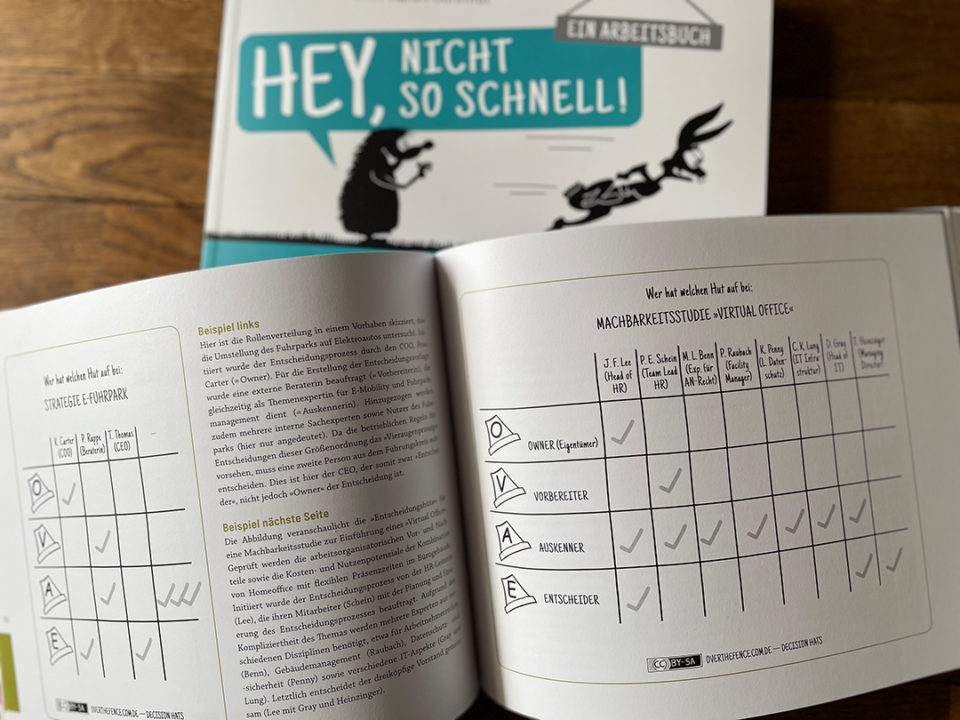The 3 schools of project thinking
What are good practices for structuring a project? What are helpful steps and stages? What is a recommended procedure? In theory and practice, basically three different project approaches exist: (a) traditional, (b) prototypical, (c) agile. Project professionals call these the “procedural models of project management”. Per se, there is no “best” procedure; simply there are three different schools of "project thinking", which are appropriate for various scenarios. Once you have understood the three schools of project thinking, you can even combine and blend elements of the approaches, if this appears to be beneficial (professionals call this blend, a "hybrid" project management approach). And here the story goes ...
There were 3 kids, William the oldest, and his two sisters, Paula and Amy. The three lived happily together with their parents, Mary and Marc. Marc was an engineer by heart, and Mary – not less passionate and skilled – a successful sculptor. The three kids, even though they had the same parents (no milkman involved here), could not have been any different. They had their individual perceptions, mindsets, and talents. Nevertheless, all three were able to manage the challenges of life – with their diverse approaches.

First, let's talk about William. One sunny day, William had an idea. “I want to build a swing”, he stated aloud to himself. “But how?”, he added less audibly. William, entirely his father’s son, immediately started to thoroughly analyze the challenge. What would the perfect swing look like? The perfect swing would be designed for all three kids, it would be easy to assemble, independent of location, robust, weatherproof, and much more. William created a detailed list of requirements. His final list was comprised of dozens of requirements.
William works like a waterfall

After having completed this analysis, William started his conceptual work. He made technical drawings and undertook concurrent mathematical calculations. William was intensively thinking, drawing, calculating – producing a series of sophisticated models and elaborated plans. For these complicated tasks, he disappeared into his room, locked the door, and spent hours and hours in complete isolation. On the other side of the door, his two sisters were wondering what William was doing. But since they knew their older brother, they were not too worried, and went out into the garden to play.
When they got there, Paula had an idea. “I’ll build a swing”, she said to her little sister. And Amy smiled in joyful anticipation. So Paula, entirely her mother’s daughter, collected anything she could find. Loose tree branches, rusty screws, cardboard, rope, anything that was not nailed down, she worked into her first sample of a swing. Of course, this was premature in every respect. But it was suitable for demonstrating the idea and receiving Amy’s response. Based on this response, Paula shaped the construction. Paula re-built, showed the result, and Amy responded. This is how it went, until Amy was fairly happy with Paula’s prototype.
Paula loves prototypes

Coincidentally, at that exact moment, William opened the door to his room and stated to have a great solution, too. Now, the three could decide which concept they preferred to implement: William’s theoretical model or Paula’s physical prototype. Let’s recap the situation. William is a theoretician and analytical thinker. He plans like a waterfall. One plan flows into a more detailed plan until it eventually flows into the ultimate plan (or model), suitable for producing the desired result. William believes in a “best solution”. Paula in contrast is more of a pragmatic explorer. She does not believe in an objectively “best solution”. For her, "best" is something that is designed for the needs of the customer.
Figuring out these needs is Paula's ultimative challenge. And exploration is her approach to master this challenge. Paula's instruments for exploration are physical prototypes – they allow Paula to study customer reactions, first-hand and unfiltered. Independent of these differences, William and Paula have similarities, too. Both aim at creating a “good model”, that serves as a blueprint for the final result (output). The assumptions of what makes a model “good”, are different, of course. But in the end, both approaches, (William's) Waterfall as well as (Paula's) Prototyping, have a long period of shaping the requirements before eventually producing the defined result.
And what about Amy?
As the youngest sister, she learned from the others. From William she learned to plan. And from Paula she learned to show and adapt.
But Amy neither aims to create an ultimate plan, nor does she develop prototypes. Instead, Amy quickly produces useable results. Quite naturally, these results are comparably small, but they are fully functioning. And they can be used to build up a bigger product. This way, Amy invented something new, a step-by-step production. This procedure, she called the “agile” approach.
Amy is agile!





